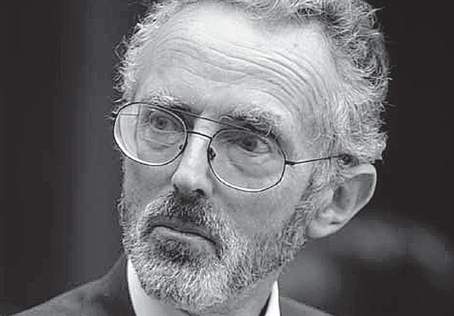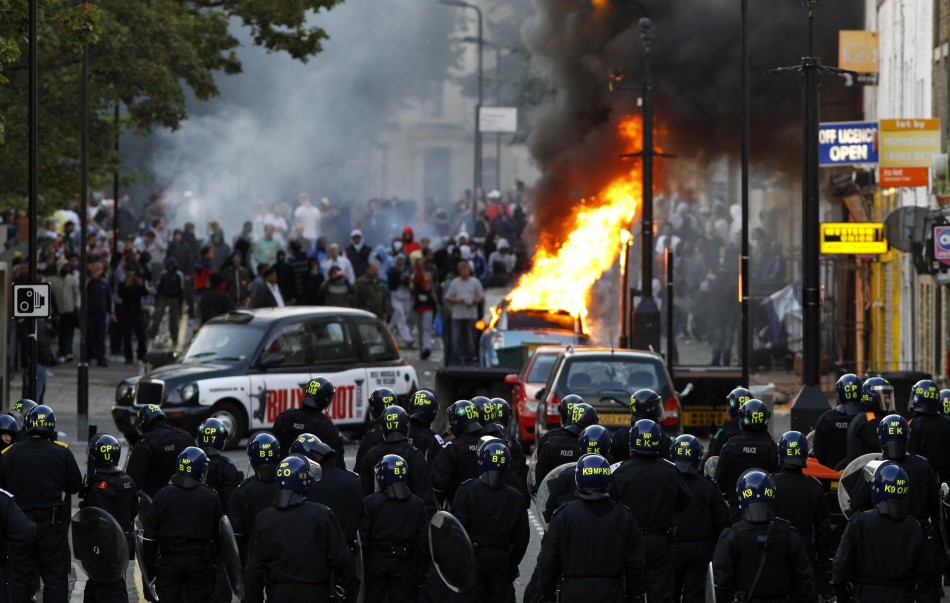Is a theory focused on the development of personal identity it focuses on the nature of peoples' identities and the relationship between their identities and their behaviour within their subculture. The identities of the individual are rooted in their social grouping the theory was created based on traditional symbolic interaction views where people choose their own behaviours and how their behaviours correspond to the meanings of their identity. One of the main aspects ICT deals with is how individuals view their own identities and respond to the reactions to their identities of those around them. When an individual is acting according to the identity control theory they reflect on the identity they display and how others approve or disapprove of their identity. If the individual does not like the responses of others they will look at how they can change their views of their identity or their identity towards themselves to produce a positive outcome
The Identity Control Theory works really well with the case study of the London riots because according to the theory individuals in this case the youths react and create their own identity in response to what is happening around them, we can see that in this case it had a negative effect because the youths that were exposed to the violent destructive behaviour began to reflect that behaviour themselves on the identity that they displayed which created a the riot subculture in which they all began to show the same behaviours as they all shared the same identity.


